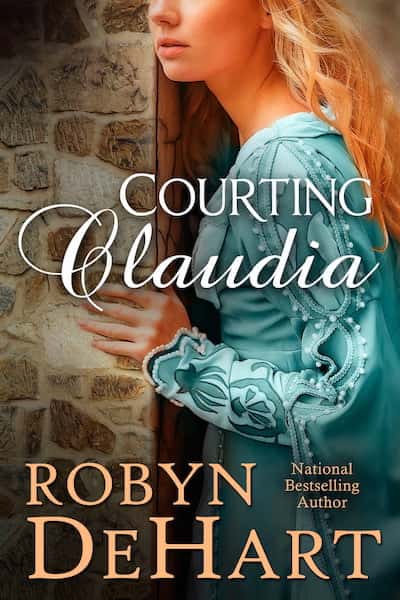We’ve discussed several elements to creating great characters, everything from the elements to creating believable characters to character arcs. And I suspect that many of you have read through those posts wondering why I haven’t yet mentioned backstory. Backstory is often where some of you start when it comes to creating your characters, it’s how they become real to you, and that’s great, you just need to make sure that all of that great backstory you came up with makes sense with their GMCs and character arcs. This is why I do backstory last, sometimes after the first draft of the book. Oh I’ll know a little bit, enough to get by, but mostly I just figure it out as I go along, or rather I make it up as needed.
Five myths you don’t have to believe:
MYTH 1: My characters come to me with a full history.
MYTH 2: Once my character has a backstory, it can’t change.
MYTH 3: I should know everything about my character before I start writing.
MYTH 4: The best way to learn about my character is to fill out a 16-page character interview.
MYTH 5: A character is what his backstory makes him.
I know I’ve said it before, but it bears repeating, these people aren’t real. I know they often feel that way, and that is a good thing, but you also need to remind yourself that they’re fiction because it gives you permission to be more flexible with your story elements. You can change things around to fit your story and to make things stronger and better.
Okay so what is backstory, well, I believe it’s the pertinent events from your character’s past that cause, create or complicate their goals, motivations and/or conflicts.
So what does this new definition mean? It means that you, the author, and the reader only need to know the events that are relevant to the action of your story. You must change the way you see your characters and be willing to change or create what is necessary for the story you’re telling. You must be willing to sacrifice something if it is not needed or does not enhance your book.
When coming up with backstory I always consider five key questions.
QUESTION 1: What incident or incidents in your character’s past motivates or explains their external goal?
QUESTION 2: What incident or incidents in your character’s past motivates or explains their subconscious need?
QUESTION 3: What incident or incidents in your character’s have contributed or created their patterns of behavior?
QUESTION 4: What incident or incidents in your character’s past caused their error in thinking?
QUESTION 5: If your characters have a past together, what was it?
And then finally there are three things you need to remember about backstory, it needs to be relevant to the plot, it should be very specific and use the rule of three. This is a litmus test to see if you have enough to fully motivate your characters. You want enough events in your character’s past for their error in thinking to be believable. For example, if the hero was betrayed by his mother, that only may not be enough for him to believe all women are evil. He has to have met other women in his life who have reinforced this belief.
Next up you should consider the 3 F’s, fears, flaws and foundations. Think about the character you’ve built using the tools we’ve already talked about, now decide on a fear for that character. Like the heroine who doesn’t trust herself, perhaps a fear for her is that if she makes any big decisions for herself she’ll end up hurting someone else or hurting herself or she’ll make a fool of herself or maybe she’s just afraid to speak in public. Just an added element you can use in a scene or two to make her all the more real for us, afterall we all have fears that we deal with. And we writers I think have a double dose of fear than regular people otherwise we wouldn’t be so damn neurotic. Now think of a flaw or two you can give your character, this works really well too if you can make that flaw the counterside of a strength. For example if your hero is loyal, he can be loyal to a fault, that loyalty can get him into trouble when he makes a business deal with his best friend and then his best friend borrows money from the wrong people and now the hero has a bounty on his head by the local mafia. Foundations is simply beliefs and values, things your character stands for. Now again you don’t want to just randomly tack things on to them. Think of foundations in terms of clichés if that helps you, beliefs like money doesn’t grow on trees, home is where the heart is, your past can never catch up with you, things like that. If you give you heroine a foundation that she believes family is important above all things, but the book takes place in the middle of the ocean where it’s just her and the hero and a mysterious villain then that family thing probably isn’t going to matter much to the book. Unless she’s trying to get back to save her son. So make the foundation matter.









